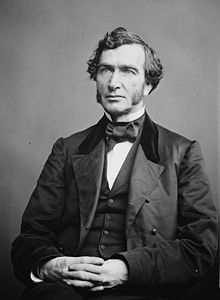Officially known as the Serviceman's Readjustment Act of 1944, the GI Bill was signed into legislation by Franklin D. Roosevelt to provide Federal Government aid for the readjustment in civilian life of returning World War II veterans. (United States Department of Veterans Affairs, 2009). According to a statement made by President Roosevelt at the signing of the bill the following benefits were bestowed upon veterans returning from World war II:
1. It gives servicemen and women the opportunity of resuming their education or technical training after discharge, or of taking a refresher or retrainer course, not only without tuition charge up to $500 per school year, but with the right to receive a monthly living allowance while pursuing their studies. 2. It makes provision for the guarantee by the Federal Government of not to exceed 50 percent of certain loans made to veterans for the purchase or construction of homes, farms, and business properties.
3. It provides for reasonable unemployment allowances payable each week up to a maximum period of one year, to those veterans who are unable to find a job.
4. It establishes improved machinery for effective job counseling for veterans and for finding jobs for returning soldiers and sailors.
5. It authorizes the construction of all necessary additional hospital facilities.
6. It strengthens the authority of the Veterans Administration to enable it to discharge its existing and added responsibilities with promptness and efficiency. (United States Department of Veterans Affairs, 2009 -
http://www.gibill.va.gov/GI_Bill_Info/history.htm)
1.1 million ex-GIs enrolled in American colleges as student enrollment increased by approximately 50% in the 1950s leaving the long-standing tradition that a college education was only for the wealthy.
 |
| FDR signs G.I. Bill into Law |















